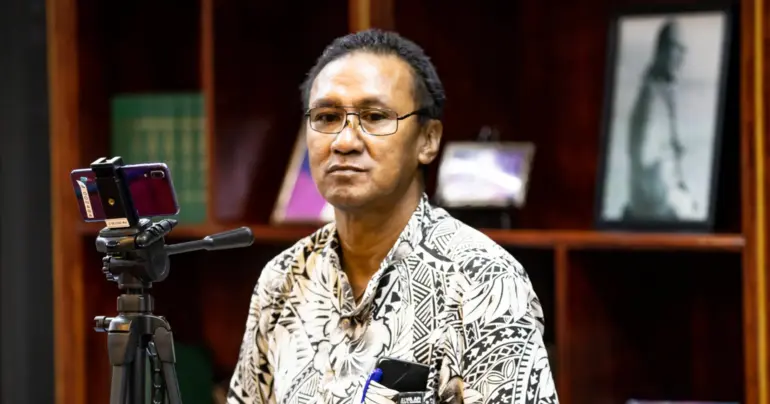T.B. cases in Samoa have doubled since 2011
The number of Tuberculosis (T.B.) cases in Samoa has doubled since 2011.
And although the annual number of new T.B. cases remains “relatively low” compared to the estimated population, the identification and diagnosis of T.B. is poor and screening (especially in remote villages) is limited.
This is according to Ministry of Health’s sixth annual report to U.N.A.I.D.S.
Obtained by the Samoa Observer, the report shows Samoa’s commitment to the global response to H.I.V., A.I.D.S., and Sexual Transmitted Infections.
T.B. is a disease caused by bacteria called Mycobacterium tuberculosis. The bacteria usually attack the lungs, but they can also damage other parts of the body.
T.B. spreads through the air when a person with T.B. of the lungs or throat coughs, sneezes, or talks. The report says the number of T.B. cases observed between 2009 and 2011 decreased.
However there was a “sharp increase in cases from 2012-2015.”
“Testing methods for T.B. is currently limited to sputum smear testing (S.S.) with long processing times,” the report reads.
“However, in 2015 the Ministry of Health received tuberculin skin testing supplies (PPD) from donor partners and are currently working to implement to testing with TB1 the National Health Service (N.H.S.).”
The report indicates the main challenges in eliminating T.B. in Samoa include increasing testing, training of providers to accurately diagnose and treat T.B., linking individuals to treatment, and increasing public awareness and education of prevention, transmission and treatment, and ensuring all T.B. cases are tested for H.I.V.
“Though T.B. shares some social determinants in common with H.I.V. and S.T.I.’s, there are a few social contexts that are unique.
“Since Samoan families are typically large and live in close proximity to each other, exposure to T.B. usually occurs between family members. Family members are also highly mobile between villages, which poses significant challenges to contact tracing, testing and treatment.”
“Gaps in contact tracing often leads to undetected T.B. in the population that the Communicable Disease Clinic lacks resources to address. Co-infection testing is also lacking for the same reason.”
The health report further states there was poor performance in treatment success rates and co infection testing for T.B./H.I.V.
“Many meetings were held with the Communicable Disease (CD) Clinic to identify the underlying contexts of these indicators.”
“It was determined that the issue was a mix of 1) poor monitoring & evaluation protocols, 2) poor implementation of testing protocols, and 3) the remote location of many T.B. cases and therefore challenges to promoting patient adherence.”
“These issues are also tied to the fact that the C.D. Clinic is understaffed.”
“The solution was for National Programme staff to accompany to the T.B. outreach visits to assist in M&E, implementation of patient protocols and patient data collection.”
“This allowed for a mutual exchange and understanding of data collection/ reporting challenges experienced by both MoH and N.H.S.
This led to an update of reporting templates and focus on the sharing of raw data to improve quality assurance.”
The report also indicates that there were major improvements for T.B./H.I.V. co infection testing have been made between 2015- 2016.
“Screening coverage went from 0% in 2015 to 82% by the end of 2016 due to improvements made in T.B. monitoring, direct observation of treatment visits to patients, and improvements in case management made by the Communicable Disease Clinic.
“T.B. testing has yet to be implemented with people living with H.I.V., and none have reported any symptoms.”











